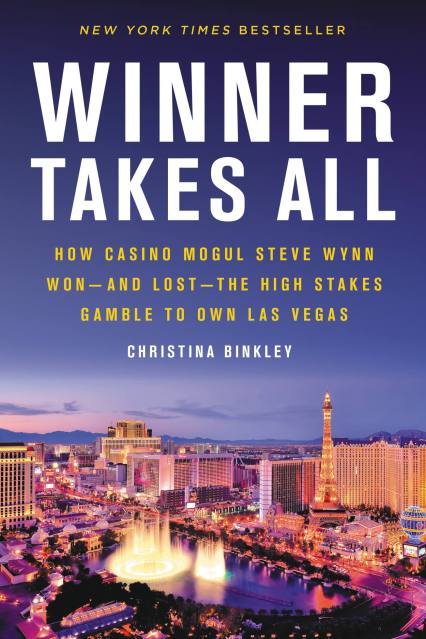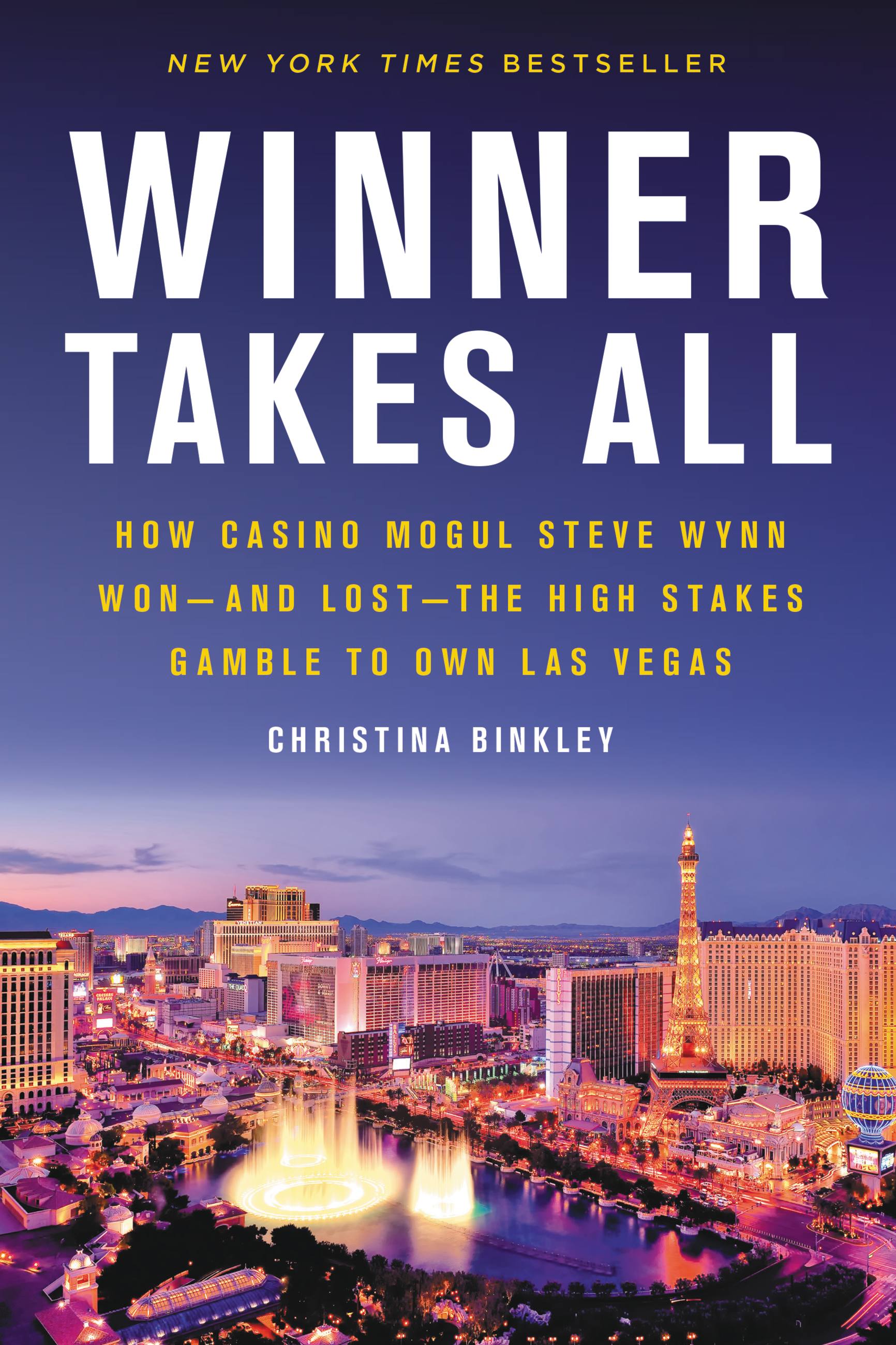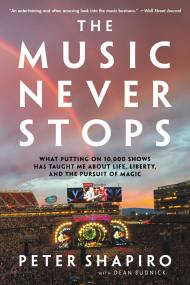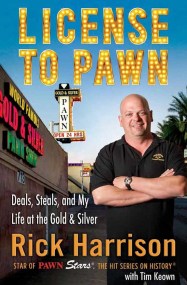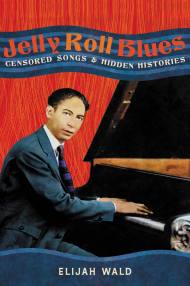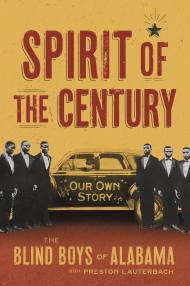Promotion
Use code MOM24 for 20% off site wide + free shipping over $45
Winner Takes All
How Casino Mogul Steve Wynn Won-and Lost-the High Stakes Gamble to Own Las Vegas
Contributors
Formats and Prices
Price
$9.99Price
$11.99 CADFormat
Format:
- ebook (New edition) $9.99 $11.99 CAD
- Trade Paperback (New edition) $21.99 $28.99 CAD
- Trade Paperback $21.99 $28.99 CAD
This item is a preorder. Your payment method will be charged immediately, and the product is expected to ship on or around November 6, 2018. This date is subject to change due to shipping delays beyond our control.
Also available from:
From Pulitzer Prize-winning journalist and culture critic Christina Binkley comes an updated edition of her New York Times bestselling account of sex, drugs, and the rise of Las Vegas. With a new prologue on the rise and fall of Steve Wynn.
The Strip. Home to some of the world’s grandest, flashiest, and most lucrative casino resorts, Las Vegas, with its multitude of attractions, draws millions of tourists from around the world every year. But Sin City hasn’t always been booming: modern Vegas exists largely thanks to the extraordinary vision, and remarkable hubris, of three competing business moguls: Kirk Kerkorian, Dr. Gary Loveman, and Steve Wynn. And in the wake of #MeToo revelations, not all empires survive.
Having had personal access to all three tycoons, Binkley explains how their audacious efforts to reach the top-and to top one another-shaped the city as it stands. She takes us inside their grandest schemes, their riskiest deals, and the personalities that drove them to their greatest successes, and their most painful defeats. In this updated edition, she reveals the inside story of how Steve Wynn, the winner who took all, ultimately lost everything-twice.
Sharp, insightful, and revealing, Winner Takes All is the gripping story of how billions of dollars and the unparalleled drive for power turned dreams into larger-than-life reality.
“It’s a great drama on the greatest stage. . . Wynn, Kerkorian, and Loveman represent three opposing business personalities, three styles of achieving success. On the Vegas Strip, they’re pitted against one another like gladiators, and we’ve got front-row seats. Kapow!” – bestselling author Po Bronson
The Strip. Home to some of the world’s grandest, flashiest, and most lucrative casino resorts, Las Vegas, with its multitude of attractions, draws millions of tourists from around the world every year. But Sin City hasn’t always been booming: modern Vegas exists largely thanks to the extraordinary vision, and remarkable hubris, of three competing business moguls: Kirk Kerkorian, Dr. Gary Loveman, and Steve Wynn. And in the wake of #MeToo revelations, not all empires survive.
Having had personal access to all three tycoons, Binkley explains how their audacious efforts to reach the top-and to top one another-shaped the city as it stands. She takes us inside their grandest schemes, their riskiest deals, and the personalities that drove them to their greatest successes, and their most painful defeats. In this updated edition, she reveals the inside story of how Steve Wynn, the winner who took all, ultimately lost everything-twice.
Sharp, insightful, and revealing, Winner Takes All is the gripping story of how billions of dollars and the unparalleled drive for power turned dreams into larger-than-life reality.
“It’s a great drama on the greatest stage. . . Wynn, Kerkorian, and Loveman represent three opposing business personalities, three styles of achieving success. On the Vegas Strip, they’re pitted against one another like gladiators, and we’ve got front-row seats. Kapow!” – bestselling author Po Bronson
Genre:
- On Sale
- Nov 6, 2018
- Page Count
- 336 pages
- Publisher
- Hachette Books
- ISBN-13
- 9780316487900
Newsletter Signup
By clicking ‘Sign Up,’ I acknowledge that I have read and agree to Hachette Book Group’s Privacy Policy and Terms of Use
